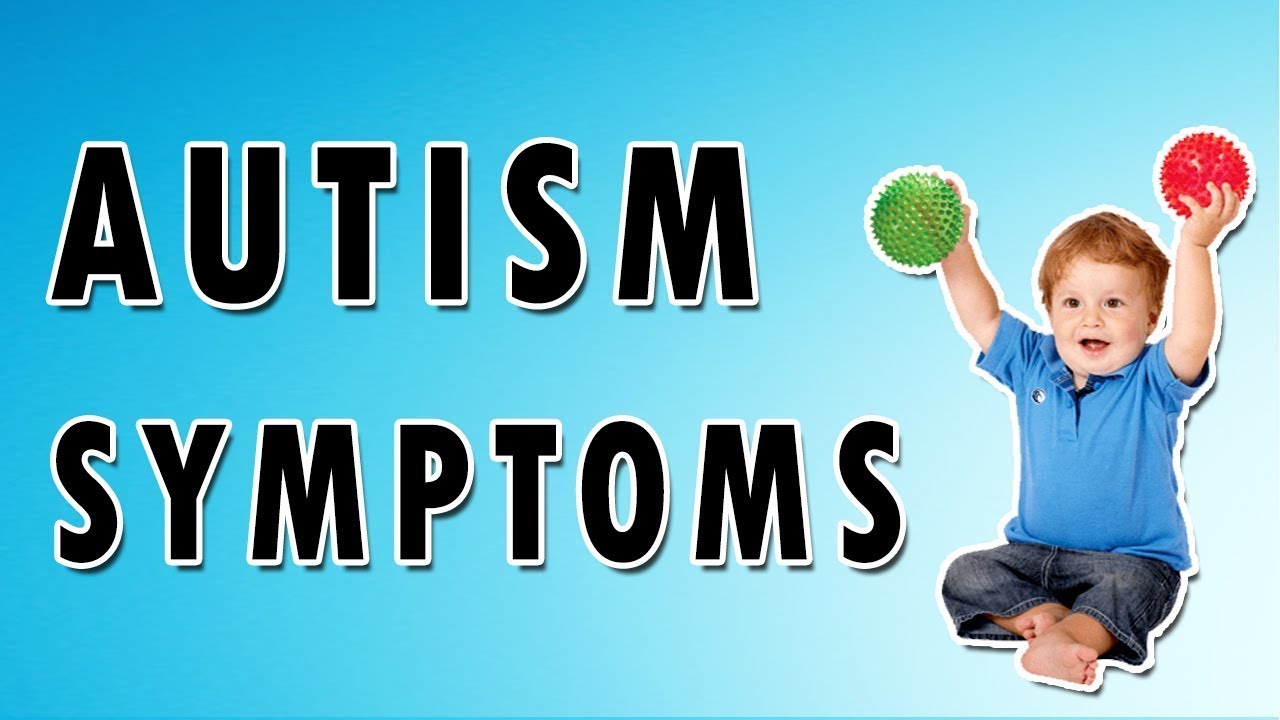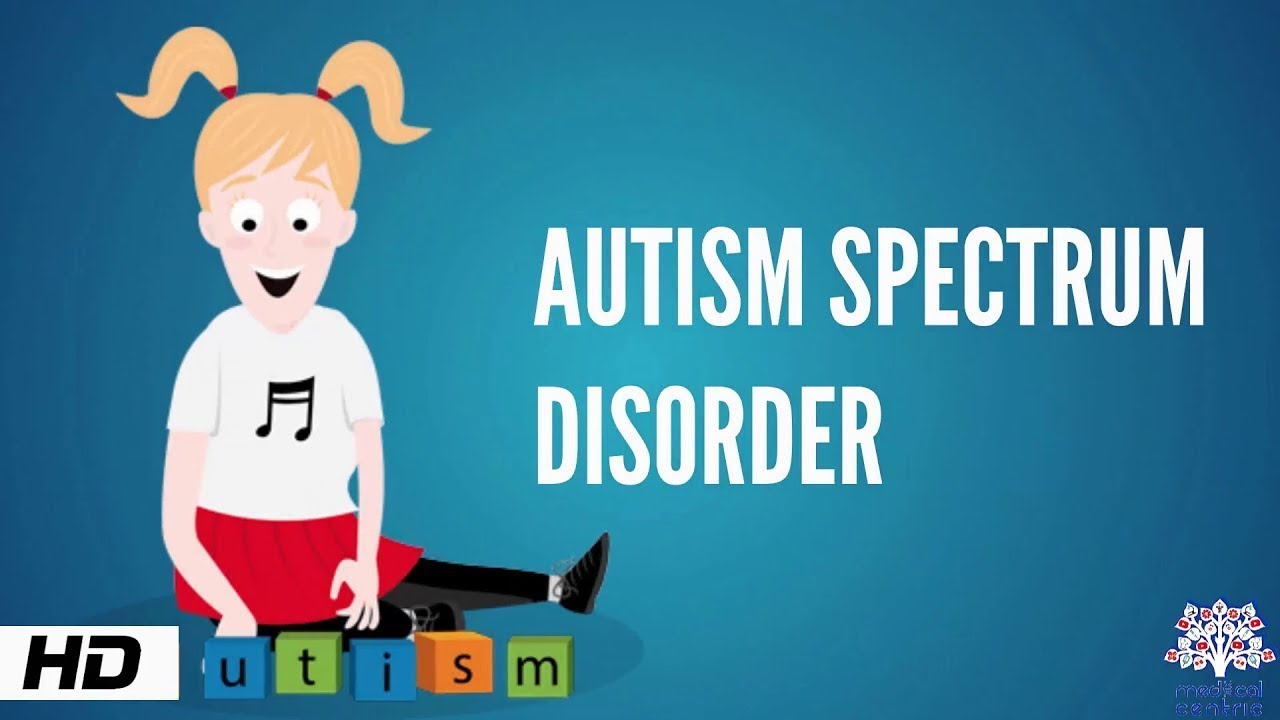Autism Spectrum Disorders - What It Means Through The Complex-Dynamic Systems Theory
In recent decades, the prevalence of autism spectrum disorders (ASDs) has skyrocketed. A number of genetic, epigenetic, and environmental factors have been implicated, but no single factor can be said to play the sole and dominant role in the disorder's development.
Author:Suleman ShahReviewer:Han JuJun 20, 202246 Shares942 Views

In recent decades, the prevalence of autism spectrum disorders(ASDs) has skyrocketed. A number of genetic, epigenetic, and environmental factors have been implicated, but no single factor can be said to play the sole and dominant role in the disorder's development.
Its phenotype is highly heterogeneous, encompassing disorders of higher cortical functions in humans that affect communication and sociality, but with varying degrees of severity in each individual and coexistence with other neural (e.g., stereotypy, convulsions, hyperactivity, attention disorders, sleep problems, and so on) and extra-neural (e.g., gastrointestinal problems) events.
Finally, the disorder's natural course is variable, with no clear prognosis or treatment options.
Looking At Autism From Reduced Connectivity To Reduced Communication
Reduced Connectivity In ASDs
Functional and structural abnormalities in brain connectivity have been investigated in recent studies. It has been proposed that the deficits in autism are caused by a reduction in information integration as a result of underconnectivity and impaired communication between different brain regions. As a result, ASDs are now thought to be a developmental disconnection syndrome, according to one current model.
Altered Neurotransmitters In ASDs
Monoamines (serotonin, dopamine, epinephrine, nor-epinephrine) and other neurotransmitters such as acetylcholine and glutamate are among the most consistent abnormalities in autism. The change in neurotransmitter levels reflects the generalized disconnection that governs autistic disorder.
Impaired Systems Connectivity In ASDs
Autism is a polygenic developmental neurobiological disorder that affects multiple organ systems, though it primarily affects the central nervous system. Many people with ASDs have gastrointestinal issues, and there may be a link between autism pathogenesis and the gut. Tight junction disruption causes intestinal hyperpermeability (also known as "leaky gut"), which has been linked to the pathogenesis of diseases like autism.
There appears to be a link between the severity of gastrointestinal symptoms and the severity of autism, which adds to the evidence for the gut-brain connection. As a result, it is suggested that ASDs are associated with a loss of system connectivity (brain-gut).

Autism Spectrum Disorder
Reduced Communication/Socialization In ASDs
ASDs are neurodevelopmental disorders with cognitive impairments, sociability impairments (especially reciprocal social interaction), communication (verbal and non-verbal) impairments, restricted interests, and stereotyped behaviors at the clinical level. Because autistic people do not interact with others, there is a break in the circular causality and feedback between the organism and its surroundings. One of the most important features of biological relativity's balance is the concept of circular causality. Because they do not exchange energy and information across their boundaries with the environment, autistics are no longer open systems.
As a result, the lower-scale reduced/impaired connectivity in ASDs refers to lower communication/socialization as an emergent property at the higher-macroscopic scale in ASDs. Individuals lose their ability to communicate when cells, molecules, networks, and systems in the brain or elsewhere stop connecting.
Autism As Complex-Dynamical Disease
Autistic disorder is known for its heterogeneity. This means that the disorder is governed by non-linear, complex, dynamic relationships, as many factors have been implicated in its etiology, pathogenesis, phenotypic expression, and prognosis in an unpredictable manner. As a result, principles from complex-dynamic systems theory may be useful in comprehending such a multifaceted disease.
Heterogeneity In Autism Etiology
The cause and pathogenesis of autism are largely unknown. Genetics (it is thought that more than one gene and specific epitopes with varying expressivity are involved), epigenetics, and environmental factors have all been implicated, but no single etiopathogenetic dominant role in the disorder can be claimed. Furthermore, the involvement of each of the three categories of factors mentioned above in each ASD case is dynamic over time, or to put it another way, each ASD case's aetiopathogenesis is personalized. People with ASD can have the same phenotype but travel down multiple multifactorial pathways to reach the same "destination."

Autism Spectrum Disorder, Causes, Signs and Symptoms, Diagnosis and Treatment
Heterogeneity In Autism Phenotypic Expression
Autism phenotypic expression is highly heterogeneous, encompassing disorders of higher cortical functions in humans that affect communication and sociality, as well as stereotypies, but with varying degrees of severity in each individual and coexistence with other neural (e.g., convulsions, hyperactivity and attention disorders, sensory abnormalities, sleep problems, and so on) and extra-neural (e.g., gastrointestinal problems) onsets.
The autism spectrum disorder's great heterogeneity in clinical and phenotypic expression is essentially a human body strategy to maximize its adaptation to the (sometimes hostile) environment in order to survive and evolve. According to systems theory, different autism sub-phenotypes are not a collection of symptoms, but rather a strange, dynamic, non-linear pattern of system self-organization.
Heterogeneity In Autism Prognosis
Autism's natural course is also characterized by heterogeneity. Approximately 3-25% of autistic children develop normally, while the rest have varying graduation disadvantages. Different predictors have been discovered, which is a source of great interest for researchers and confirmation of the disorder's complexity.
Fever In Autistics
According to research, normal and autistic children are likely to have different susceptibilities to various infections. Autistic children, in particular, have fewer fevers than normal children, according to studies. Furthermore, compared to normal children, autistic children have more chronic problems (e.g., gastrointestinal symptoms).
This could indicate that many autistic children lack the ability to develop first-line defense mechanisms, such as a febrile reaction, and thus easily pass through the second and third levels of defense mechanisms, such as the occurrence of chronic symptoms or infections without a fever. Clinical case reports, on the other hand, have suggested that some children with autism spectrum disorders' behaviors improve with fever before returning to their "autistic state" after the fever.
This phenomenon could be interpreted as a reflection of the children's organism's dynamic and plasticity. It has been suggested that there are two subgroups of autistic children, one with the possibility of developing fever and the other with no such incidents.
People Also Ask
What Are The 3 Main Components Of Autism Spectrum Disorder?
Three core deficits characterize these disorders: impaired communication, impaired reciprocal social interaction, and restricted, repetitive, and stereotyped behavioral or interest patterns.
What Does The Dynamic System Theory Consist Of?
Internal dynamics (internal dynamics) and how these systems interact with exogenously applied input (often referred to as perturbations) are studied in dynamic systems theory.
What Are The 5 Disorders On The Autism Spectrum?
Asperger's syndrome, Rett syndrome, childhood disintegrative disorder, Kanner's syndrome, and pervasive developmental disorder – not otherwise specified are the five major types of autism.
What Are The Current Theories On The Cause Of Autism?
Researchers are looking into a number of theories, including links between heredity, genetics, and medical issues, to figure out the exact cause of autism. There appears to be a pattern of autism or related disabilities in many families, adding to the evidence that the disorder has a genetic component.
Conclusion
The complexity and multidimensionality of autism spectrum disorders are revealed using a complex-dynamic systems approach. This method could aid in determining the disease's pathogenesis and nature course. It is also possible to identify potential predictive factors.
It's possible that new perspectives on disease etiology will emerge, as well as personalized treatment plans for each patient. On the other hand, preventive programs may take place. Finally, through personalized practices, the goal of autism spectrum disorder therapyshould be to maintain and, if possible, increase organism complexity and variety.

Suleman Shah
Author
Suleman Shah is a researcher and freelance writer. As a researcher, he has worked with MNS University of Agriculture, Multan (Pakistan) and Texas A & M University (USA). He regularly writes science articles and blogs for science news website immersse.com and open access publishers OA Publishing London and Scientific Times. He loves to keep himself updated on scientific developments and convert these developments into everyday language to update the readers about the developments in the scientific era. His primary research focus is Plant sciences, and he contributed to this field by publishing his research in scientific journals and presenting his work at many Conferences.
Shah graduated from the University of Agriculture Faisalabad (Pakistan) and started his professional carrier with Jaffer Agro Services and later with the Agriculture Department of the Government of Pakistan. His research interest compelled and attracted him to proceed with his carrier in Plant sciences research. So, he started his Ph.D. in Soil Science at MNS University of Agriculture Multan (Pakistan). Later, he started working as a visiting scholar with Texas A&M University (USA).
Shah’s experience with big Open Excess publishers like Springers, Frontiers, MDPI, etc., testified to his belief in Open Access as a barrier-removing mechanism between researchers and the readers of their research. Shah believes that Open Access is revolutionizing the publication process and benefitting research in all fields.

Han Ju
Reviewer
Hello! I'm Han Ju, the heart behind World Wide Journals. My life is a unique tapestry woven from the threads of news, spirituality, and science, enriched by melodies from my guitar. Raised amidst tales of the ancient and the arcane, I developed a keen eye for the stories that truly matter. Through my work, I seek to bridge the seen with the unseen, marrying the rigor of science with the depth of spirituality.
Each article at World Wide Journals is a piece of this ongoing quest, blending analysis with personal reflection. Whether exploring quantum frontiers or strumming chords under the stars, my aim is to inspire and provoke thought, inviting you into a world where every discovery is a note in the grand symphony of existence.
Welcome aboard this journey of insight and exploration, where curiosity leads and music guides.
Latest Articles
Popular Articles
